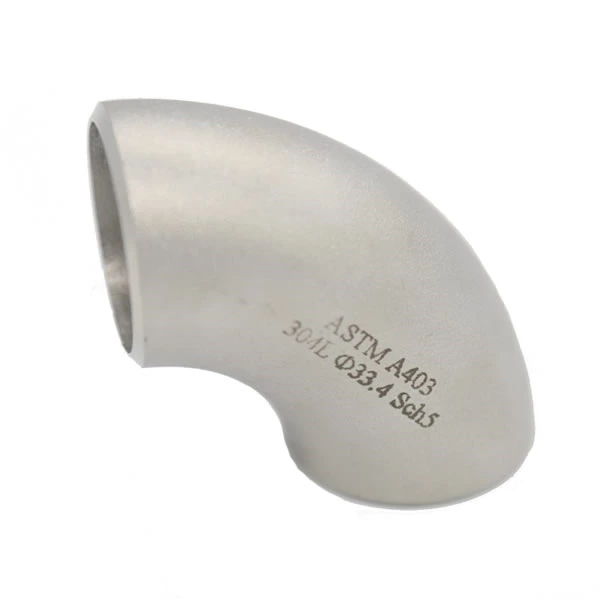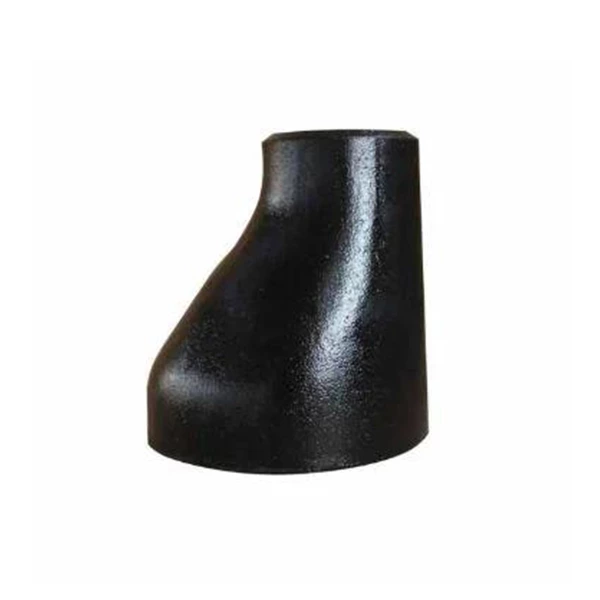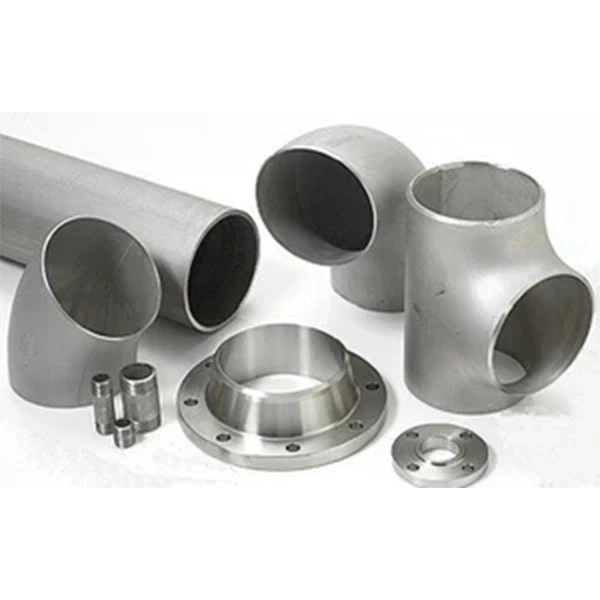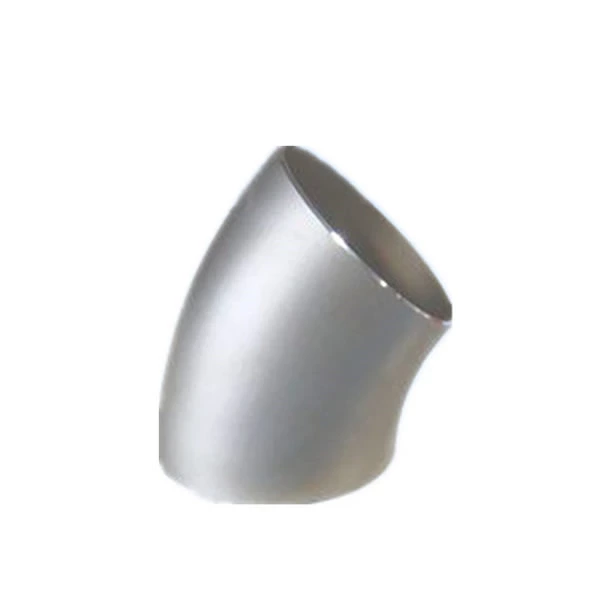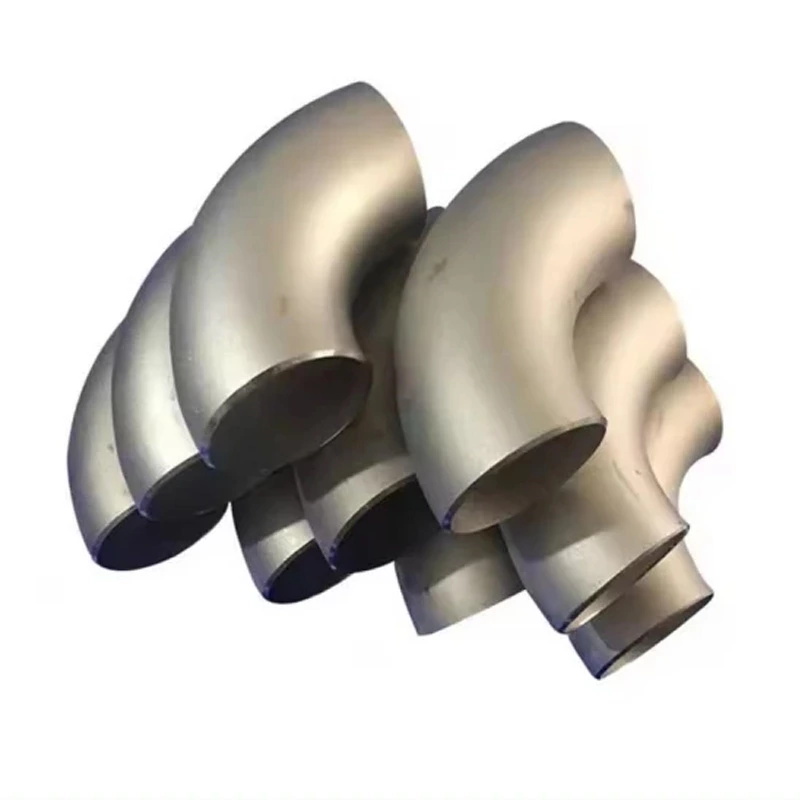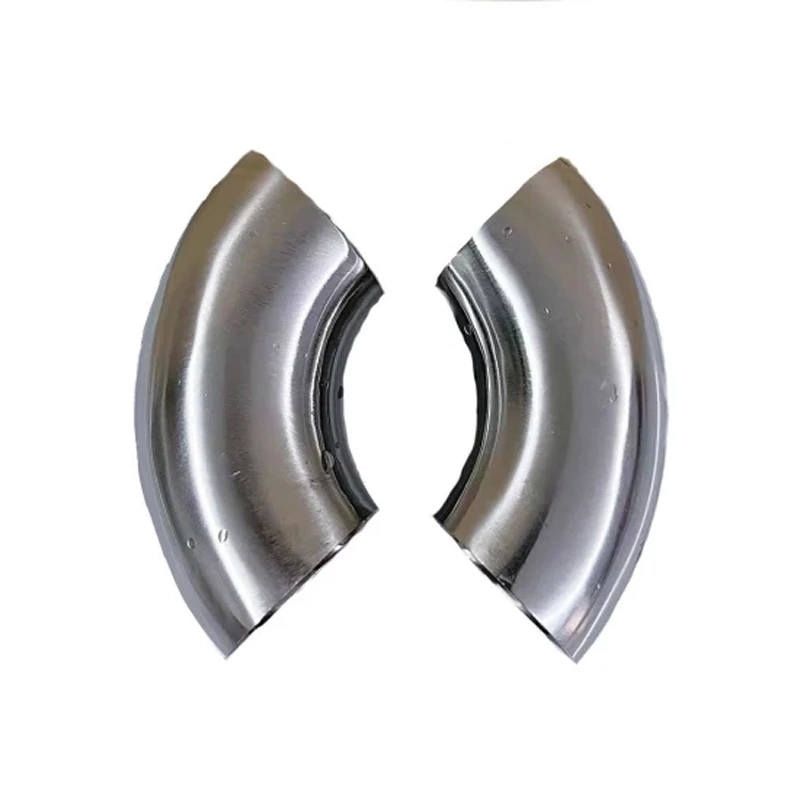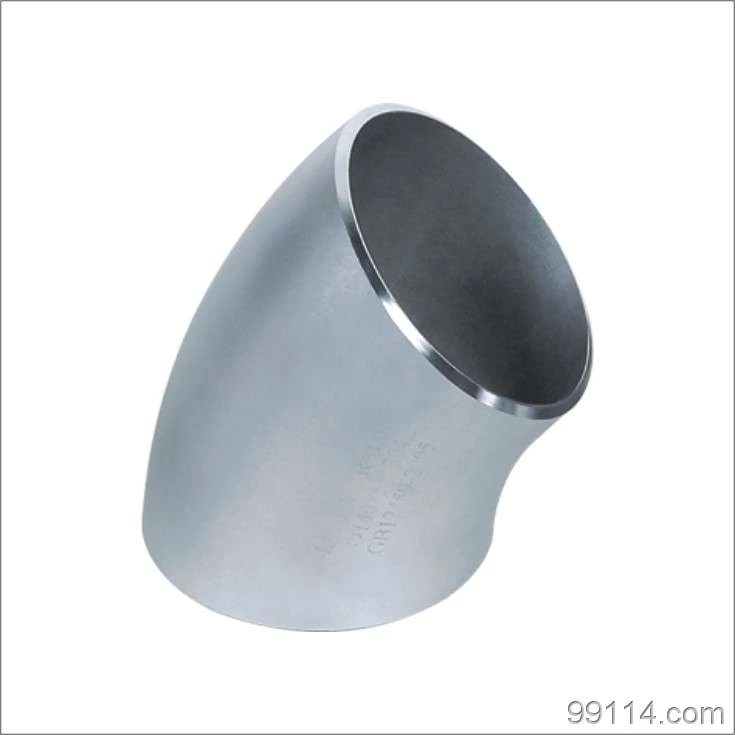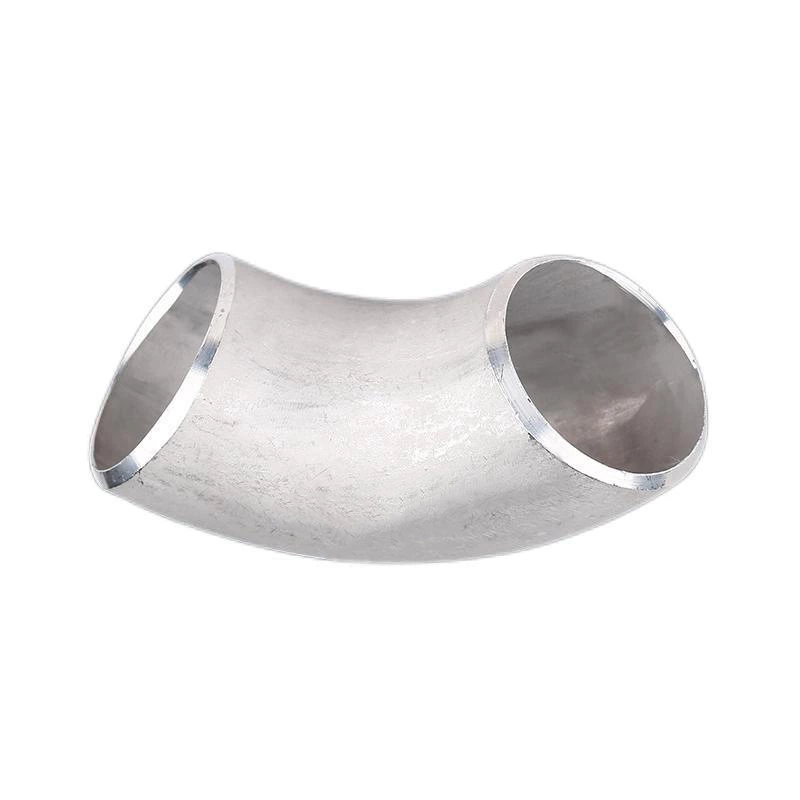Processing Methods Of Stainless Steel Flanges And Various Rust Removal Methods For Pipe Elbows
There are also many processing methods for stainless steel flanges. Many of them still belong to the category of mechanical processing. The most commonly used ones are stamping, forging, roller processing, rolling, bulging, stretching, bending, and combined processing.
Stainless Steel Flange has corresponding technical requirements and technical parameters in production and use, and is produced and processed in accordance with the corresponding methods and methods:
1. The welding of butt-welded flanges requires welding technology, and the butt weld of the ring should use full penetration welds.
2. The steel plate used to produce stainless steel flanges should be inspected by special waves, without delamination defects, to determine good quality and performance problems, and to produce and inspect according to the corresponding quality requirements to determine that the steel plates produced and used have no quality problems.
3. In the pipelines that need to be connected, various flanges are installed. Low-pressure pipelines can use threaded flanges, and welding flanges are used for pressures above 4 kg. Add sealing points between the two butt-welded flanges and then tighten them with bolts. Flanges of different pressures have different thicknesses and use different bolts.
4. The steel should be cut into strips along the rolling direction, bent and welded into a circular ring, and the surface of the steel should form a cylindrical ring. When producing butt flanges, steel plates must not be directly machined into neck flanges, and corresponding processes should be used for production and processing.
5. Flanges are disc-shaped parts, which are more common in pipeline engineering. Flanges are used in pairs. In pipeline engineering, flanges are mainly used for pipeline connection.
6. The butt weld of the circular ring should be heat treated after welding and subjected to X-ray or ultrasonic flaw detection. Butt welding flanges are produced and processed using corresponding welding standards and technologies, which meet the corresponding production standards and requirements of my country.
Briefly describe the rust removal method of stainless steel pipe elbows:
1. Radiation rust removal: Radiation rust removal is to use a high-power motor to drive the radiation blades to rotate at high speed, so that steel shots, steel sand, wire segments, minerals and other abrasives are radiated to the surface of the straight seam steel pipe under the strong centrifugal force of the motor. Not only can all oxides, rust and dirt be removed, but also the straight seam steel pipe can achieve the required average roughness under the strong impact and friction of the abrasive. It is a relatively complete rust removal method. After the large-diameter flange is radiated and rusted, it can not only expand the physical adsorption effect of the pipe surface, but also enhance the mechanical adhesion effect between the layer and the pipe surface.
2. Tool rust removal: Large-diameter flanges mainly use tools such as wire brushes to grind the steel surface, which can remove loose oxide scale, rust, welding slag, etc. Hand-operated tools can achieve Sa2 level rust removal, and power tools can achieve Sa3 level rust removal. If the surface of the steel is attached with iron oxide scale, the tool rust removal effect is not ideal, and the anchor pattern depth required by the construction cannot be achieved. It is a relatively primitive rust removal method.
3. Pickling: Pipe elbows are generally treated with chemical and electrolytic pickling. Pipes are only treated with chemical pickling, which can remove scale, rust, and old coatings. Occasionally, it can be used as a re-treatment after sandblasting rust removal. Chemical cleaning can certainly make the surface reach a certain degree of cleanliness and roughness, but its anchor pattern is shallow and it is easy to pollute the surrounding environment. This method is not very recommended.
4. Cleaning: Solvents and emulsions are used to clean the surface of steel for large-diameter flanges to remove oil, grease, dust, lubricants and similar substances, but it cannot remove rust, scale, welding, etc. on the surface of steel. Therefore, it is only used as an auxiliary method in fire prevention work and is also one of the simpler maintenance methods.

